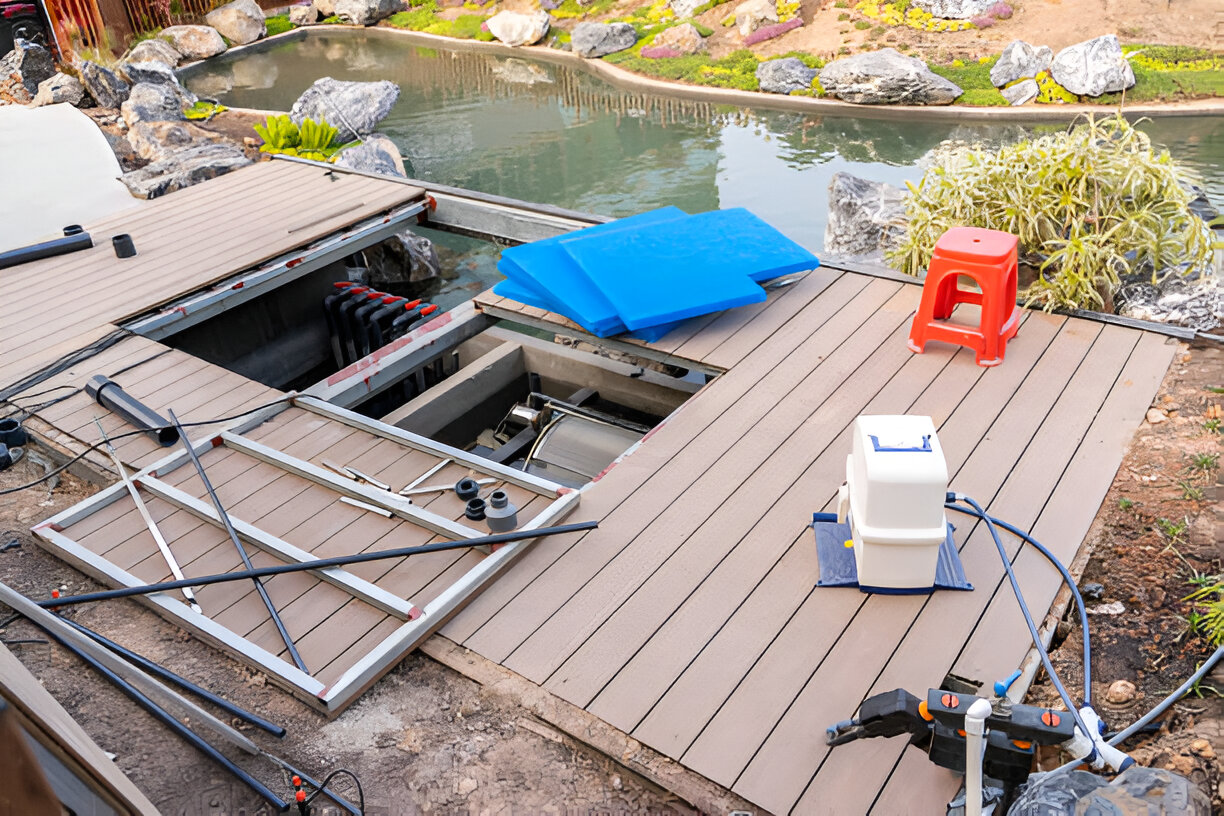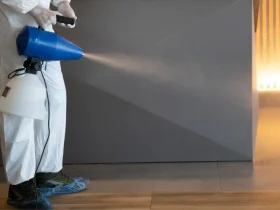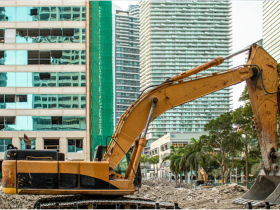When you get the appropriate filtration system, your pond will become a clear, beautiful paradise instead of a dark swamp. There are so many different options to choose from, and it may seem like an impossible task to decide on the right one.
To have a good performance, most experts, such as That Pond Guy, suggest using the Oase Pond filters due to their ingenious designs and ease of use. Here is how to find your pond’s ideal filtration match.
Key Factors in Filter Selection
Several critical elements determine which system suits your water feature.
- Pond volume: Calculate length × width × depth (in meters) × 1000 for litres
- Fish load: Koi not only requires filtration, but they need more filtration than goldfish or wildlife ponds
- Installation space: Consider available area around the pond
- Sun exposure: Shallow, sunny ponds need stronger filtration.
Filter Types Explained
Each filtration style serves different pond needs and setups.
In-Pond Filters
- Fully submersible units
- Ideal for small ponds under 2,500 litres
- Easy installation with no external plumbing
- Limited capacity for heavy fish loads.
Pressurized Filters
- Versatile above/below water placement
- Maintain water pressure for waterfalls
- Often include UV clarifiers
- Easier to hide than flow-through models.
Flow-Through Filters
- Most efficient for large ponds
- Require gravity return positioning
- Lower energy consumption.
- Best for koi and heavily stocked ponds.
Drum Filters
- Advanced mechanical filtration
- Automated cleaning systems
- Ideal for high-waste situations
- Often paired with biological filters.
Essential Filtration Components

Quality systems combine multiple cleaning methods.
- Mechanical filtration: Eliminates hard trash through screens or sponges
- Biological filtration: The unfriendly toxins are broken down by beneficial bacteria
- UV clarification: Controls algae and pathogens
- Chemical media: Optional add-ons for phosphate control.
Installation Tips
Proper setup ensures optimal performance.
- Position flow-through filters above water level
- Place pressurized filters near waterfalls
- Ensure easy access for maintenance
- Use pre-filters to protect pumps
- Consider bottom drains for large ponds.
Maintenance Musts
With due maintenance, your system will continue functioning.
- Clean mechanical media monthly
- Rinse biological media in pond water only
- Replace UV bulbs annually
- Check pump intakes weekly
- Monitor water parameters regularly.
Common Mistakes to Avoid
The following pitfalls should be avoided with regard to filtration.
- Under sizing for fish load
- Neglecting flow rate requirements
- Overlooking UV clarifier needs
- Poor placement limiting access
- Inconsistent maintenance routines.
When to Upgrade
Signs you need a better filtration system.
- Persistent cloudy water
- Frequent algae blooms
- Poor fish health
- Excessive maintenance
- Increased fish population.
That Pond Guy advises documenting your pond’s specifics before shopping – accurate measurements and fish counts prevent costly mismatches.
Final Recommendations
Match these systems to common pond types:
- Small wildlife ponds: Basic in-pond filters
- Goldfish ponds: Pressurized filters with UV
- Koi ponds: Flow-through or drum systems
- Natural swimming ponds: Multi-stage biofilters.
The payoff involves buying the proper filtration, simply in terms of clear water, the health of your fish, and general satisfaction. Professionals such as That Pond Guy will also help you have a system that meets your exact needs, and they will be invaluable to have, especially when it comes to complex setups or large ponds.












